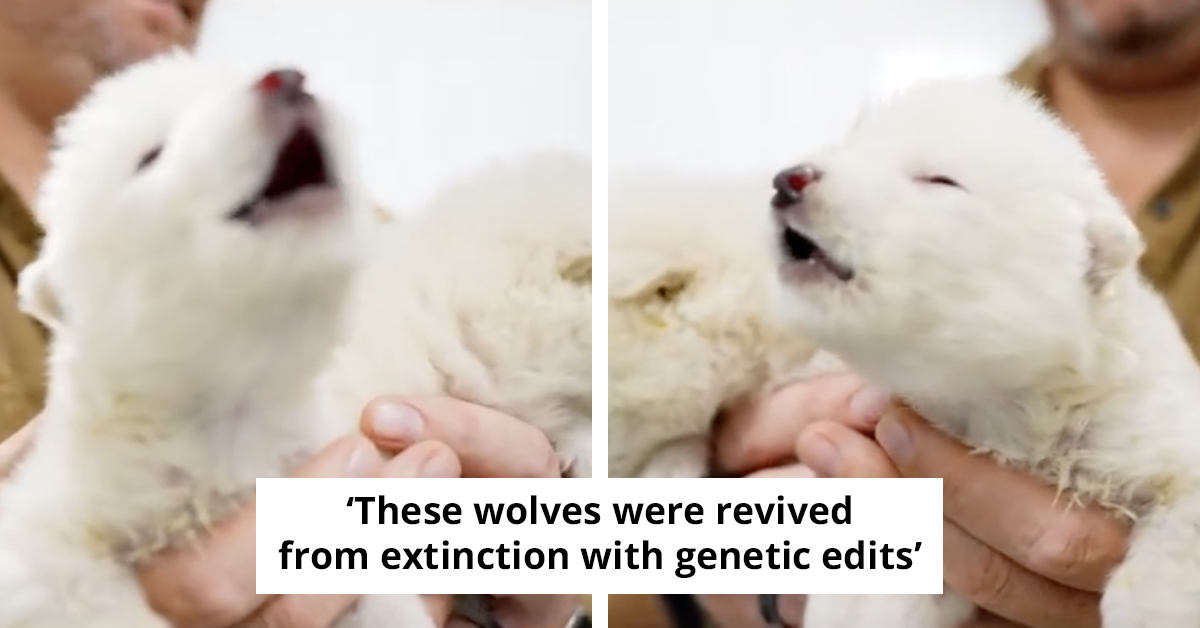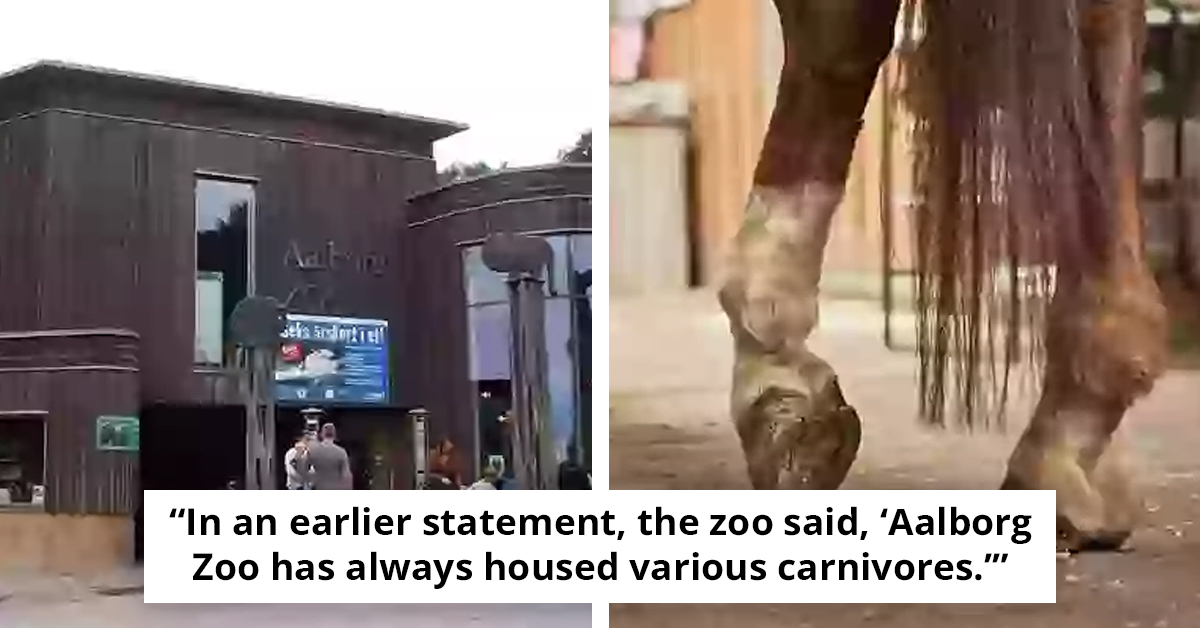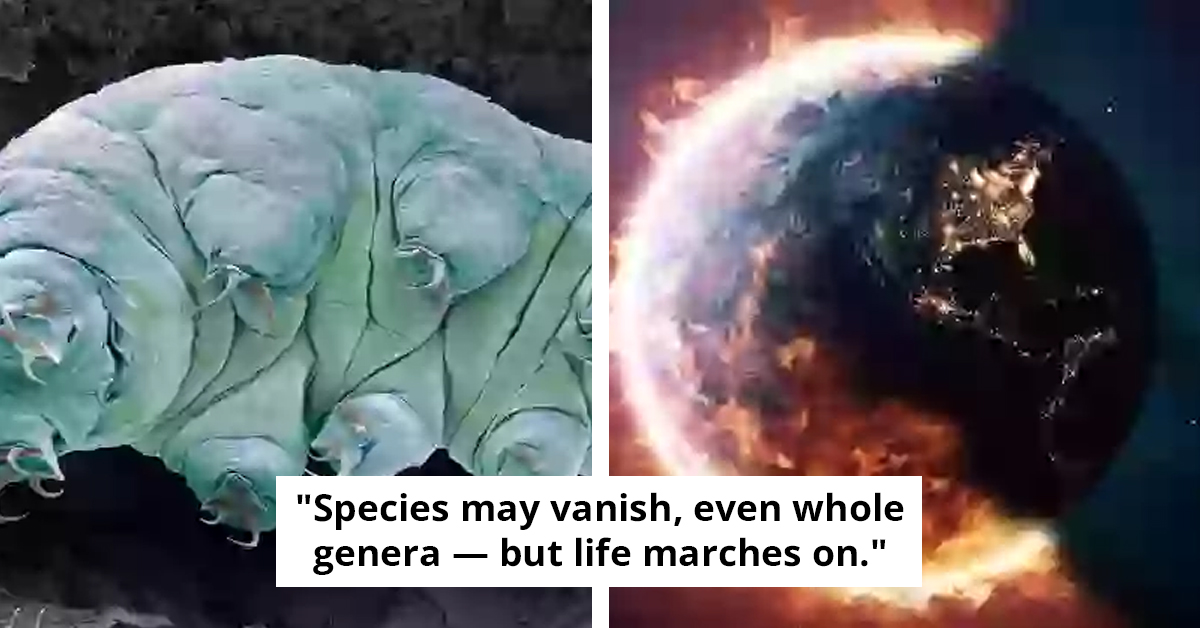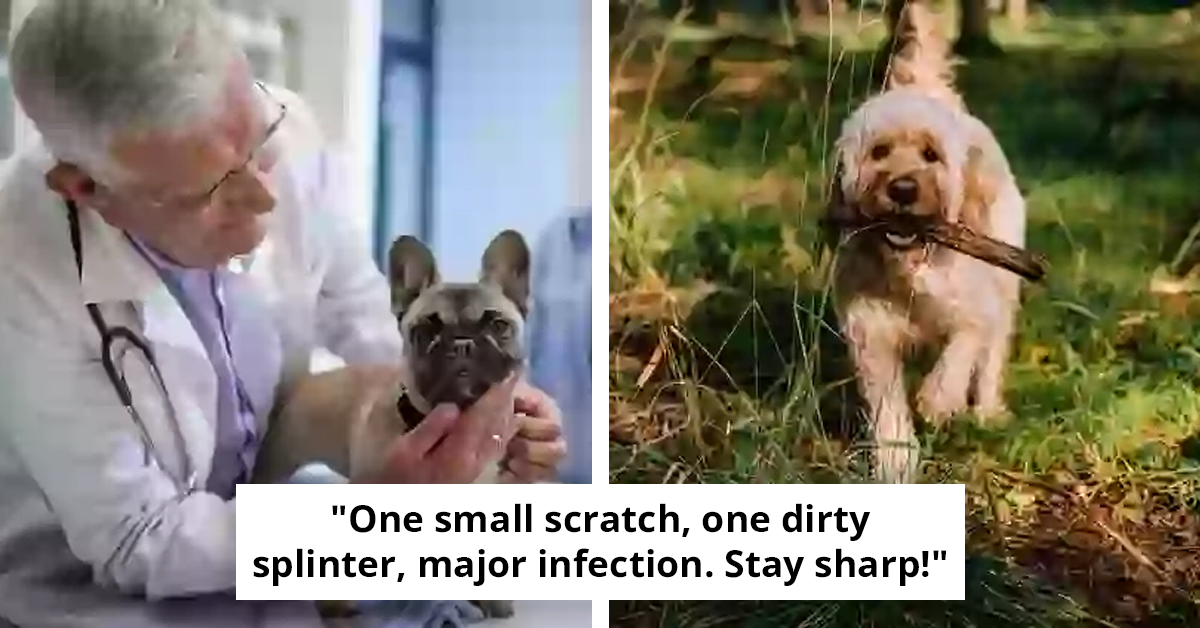Cat's Sense Of Smell Is A Super Power After All—It Even Rivals The Best Laboratory Equipment
In the world of feline wonders, one remarkable superpower stands out above all others: the cat's extraordinary sense of smell.
As enchanting as they are mysterious, cats possess an olfactory prowess that unveils a hidden realm beyond our human perception. With over 200 million scent receptors in their noses, compared to a mere six million in our own, these graceful creatures navigate their surroundings through an intricate tapestry of scents.
From the moment of birth, a cat's sense of smell becomes their primary tool for survival, guiding them to their mother's nourishing milk and providing crucial information about their environment. Each feline's nose is a finely tuned instrument capable of detecting the faintest trace of pheromones, prey, or potential danger.
This heightened sensitivity enables them to detect a vast array of scents, decipher complex emotions, and even perceive changes in weather and seasons.
Beyond their utilitarian abilities, a cat's sense of smell is deeply intertwined with their emotional world. Scent plays an integral role in communication, marking territories, and forming bonds with other felines and humans alike.
It is through this invisible language of scents that they leave their mark on the world, weaving intricate stories and creating connections that go beyond the limits of language. And take this: did you know that cat's nose can even rival the best laboratory equipment?
Read on!
The first detailed study of housecat nasal airways confirms that cats have incredible noses similar to dogs and are 100 times better at smelling than amphibians.
However, their independent nature may make them less willing to cooperate in tasks like helping sniff out crime.
“The cat nose probably has a similar complexity level as the dog’s, and it’s more complex than a rodent’s – and it begs the question – why was the nose evolved to be so complex?” says a certain Kai Zhao.

Researchers discovered that a cat's nose works like a gas chromatograph, which could be better than chemical analysis tools and spark advancements in technology.
“In essence, the researchers suggest, the cat nose functions as a highly efficient and dual-purposed gas chromatograph – a tool that, in the laboratory, detects and separates chemicals in vaporized form. In fact, the cat nose is so efficient at this that its structure could inspire improvements to the gas chromatographs in use today,” reported Science Daily.

Scientists used advanced 3D computer models of a cat's nose, based on scans from a deceased housecat donated for research, to uncover the complexity of the nasal passages, surpassing previous models of rat and human noses.
Unlike animals with straight channels, the cat's nose has uniquely adapted turbinates—tightly coiled, sensor-studded channels—that enable more receptors to fit into its short, compact face.

Cats possess dual air pathways—one for breathing and the other for quick smell processing—enabling them to swiftly respond to dangers and find prey while adapting to various environments.
“That was actually a surprise,” said Zhao. “It’s like you take a sniff, the air is shooting back there and then is being processed for a much longer time.”

According to a smell neuroscientist not involved in the study, cats might be making the "stinky face" to block their nasal pathways from unpleasant smells.
“Cats’ nasal sensitivity might also explain why they make the characteristic “stinky face” when they smell something unpleasant. Like humans smelling milk that has gone off, they may be trying to close up their nasal passages to avoid inhaling the scent too deeply,” Luis Saraiva said to the Scientific American.

Indeed, cats' reactions to scents are captivating and intriguing.
On the other hand, if a cat is fond of a smell, such as catnip, it can create an irresistible attraction, showcasing their highly developed sense of smell and natural preferences.

The possibility that the complex turbinate structures in a cat's nose might be responsible for the prolonged circulation of catnip's effects, lingering in their nasal passages for hours, is intriguing.
This intriguing discovery may offer some explanation for the delightfully wacky behavior exhibited by cats when they are under the influence of this aromatic herb.
The world of cats and their sense of smell continues to astound researchers and cat lovers alike. The intricate structures within their nasal passages and the way they respond to scents, both pleasant and noxious, remain subjects of curiosity and fascination.
These insights not only deepen our appreciation for these mysterious feline companions but also remind us of the countless wonders that still await discovery in the animal kingdom.
Share this article for all your family and friends to see!




